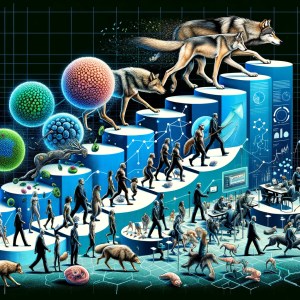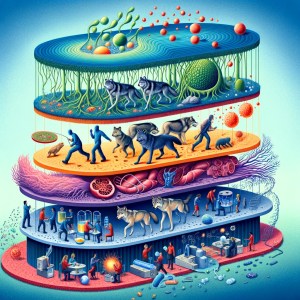Welcome to TPOCo’s FAQs

Unraveling the essentials of collaboration and cooperation through an engaging FAQ visualization.
Discover TPOCo
Welcome! You’ve reached the FAQs for TPOCo – The Principle of Collaboration and Cooperation. Here, you’ll find a wealth of questions and answers. They shed light on how TPOCo guides our work, life, and interactions. It’s more than just info; it’s a gateway to understanding cooperation and collaboration in action.
FAQs: Your Guide to TPOCo
These FAQs aim to clear up any confusion and offer deep insights. They’re perfect for learners, professionals, and anyone curious about TPOCo. Covering basics to real-world uses, they’re a treasure trove of knowledge.
Navigate with Ease
We’ve sorted our FAQs into clear categories. This makes finding what you need simple and quick. Each category dives into different parts of TPOCo, ensuring you find relevant answers fast.
Join the Conversation
We encourage you to dive into these FAQs. Think about the answers and how TPOCo fits into your world. These aren’t just Q&As; they’re steps to understanding how working together leads to success.
Got More Questions?
Our FAQs cover lots, but you might still have questions. If so, get in touch! Your questions help us all learn more about TPOCo.
Your TPOCo Journey
Each FAQ is a piece of the bigger TPOCo picture. These principles evolve with our shared experiences. We hope these FAQs inspire you and show how collaboration can change our world.
Explore More on TPOCo
Deep Dive into TPOCo’s Core
Want to know more? “The Evolution of TPOCo – The Principle of Collaboration and Cooperation” is your go-to. Here, we explore TPOCo’s key ideas and their big impact. It’s a must-read for anyone eager to understand how we work and grow together.
Specialization in TPOCo
Check out “The Evolution of Division of Labour with TPOCo” next. This page takes you through how teamwork and roles play out in TPOCo. It’s perfect for seeing how everyone’s unique skills make the whole team stronger.
TPOCo Resources at Your Fingertips
Need more info? Our “Resources for TPOCo – The Principle of Collaboration and Cooperation” page has it all. This spot is packed with articles, materials, and much more. It’s a treasure trove for anyone diving into TPOCo.



































